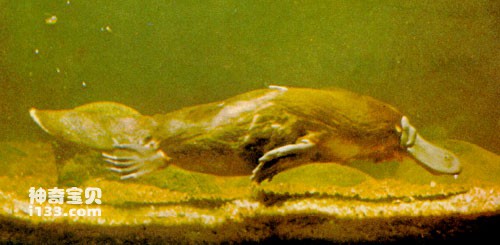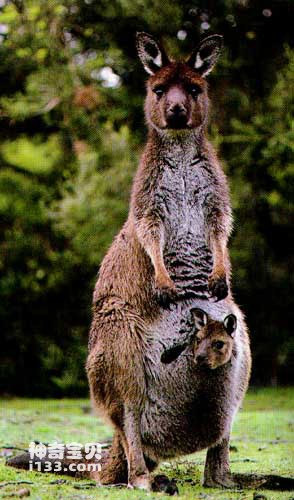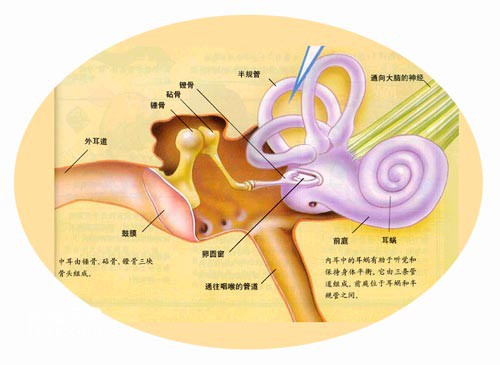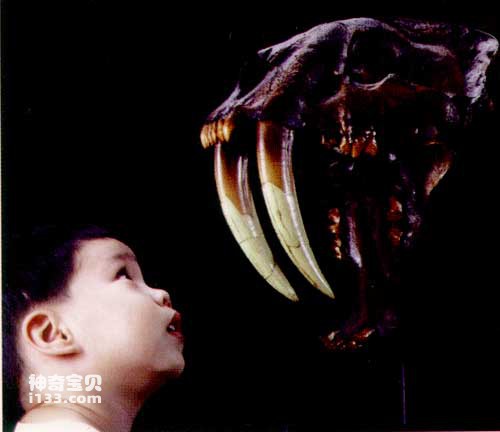As early as the late Triassic, when dinosaurs had just entered the evolutionary stage, a group of small animals that were inconspicuous at the time differentiated from therodonts among therapsid reptiles. They were born at the wrong time, because in the long years from the Jurassic to the Cretaceous, which lasted more than 100 million years, they had been living under the tremendous pressure of reptiles, mainly dinosaurs, and had to seek refuge in the cracks. Survive. It was not until the end of the Cretaceous, when dinosaurs and other reptiles that had adapted exceptionally well in the Mesozoic era went extinct that they were able to tenaciously rise up in the subsequent Cenozoic Era and become the dominant species of the Cenozoic Earth. They are mammals, and the reason why they finally emerged from the cracks is that they already possess a series of progressive characteristics.

Platypus - living ancestral beast

Kangaroo - living metatherian animal

Human beings - also a member of the true beasts
Beginning in the Late Triassic, mammals have experienced a difficult and indomitable development process throughout the Mesozoic Era, and have differentiated into three major categories: Eotheria, Allotheria, and Theria. Among them, the subclass Eotherium includes two categories: Stylodonts and Tricuscodonts; the subclass Theria has only one order, the Polytuberculates; the subclass Theotheria includes three subclasses, the Subclass Ancestoria. The subclass Metatheria and the subclass Eutheria.
Establishment of mammal characteristics
Mammals are flexible four-legged animals with relatively large brains, reflecting the increase in their brain volume and the associated improvement in their neural control capabilities and intelligence. Mammals have a high basic metabolic level, and the hair on their body coverings can keep them warm, coupled with other physiological mechanisms in the body (such as sweating, etc.), making them warm-blooded animals with a constant body temperature. Except for monotremes, all mammal larvae are viviparous, so that the cubs have completed a certain development process in the mother's body before birth, so the cubs are more vital; at the same time, after birth, the cubs use the mother's milk as a source of energy. Nutrition and protection from their mother make their survival more guaranteed. Mammalian teeth are differentiated into incisors, canines and cheek teeth (including premolars and molars). The cheek teeth usually have a crown including several tooth tips and are fixed to the jaw with two or more tooth roots. Teeth are better adapted to chewing a variety of foods. Mammals have a secondary bony hard palate that separates the nasal passages from the oral cavity, allowing them to chew food without affecting breathing.

The inner ear structure of mammals
In addition, mammals have some other anatomical features that differ from reptiles. For example: the ribs in the neck of mammals (cervical ribs) fuse with the cervical vertebrae and become part of the cervical vertebrae; there are free ribs on both sides of the lumbar vertebrae; the intestinal bones, ischium and pubis fuse to form an entire pelvic structure; the skull has a pair of occipital condyles. What is particularly striking is that the joint between the skull and the mandible of mammals is composed of squamous bones and dentary bones. The square bones and joint bones that originally connected the skull and mandible in reptiles entered the middle ear in mammals and became three pieces respectively. Two of the ossicles: the incus and the malleus, together with the stapes (the only ossicle in reptiles), form a set of lever structures to conduct sound wave vibrations from the eardrum to the inner ear. This is one of the best examples of anatomical transformation from one function to another in the history of vertebrate evolution.

mammal teeth
animal tags: mammal platypus human
We created this article in conjunction with AI technology, then made sure it was fact-checked and edited by a Animals Top editor.